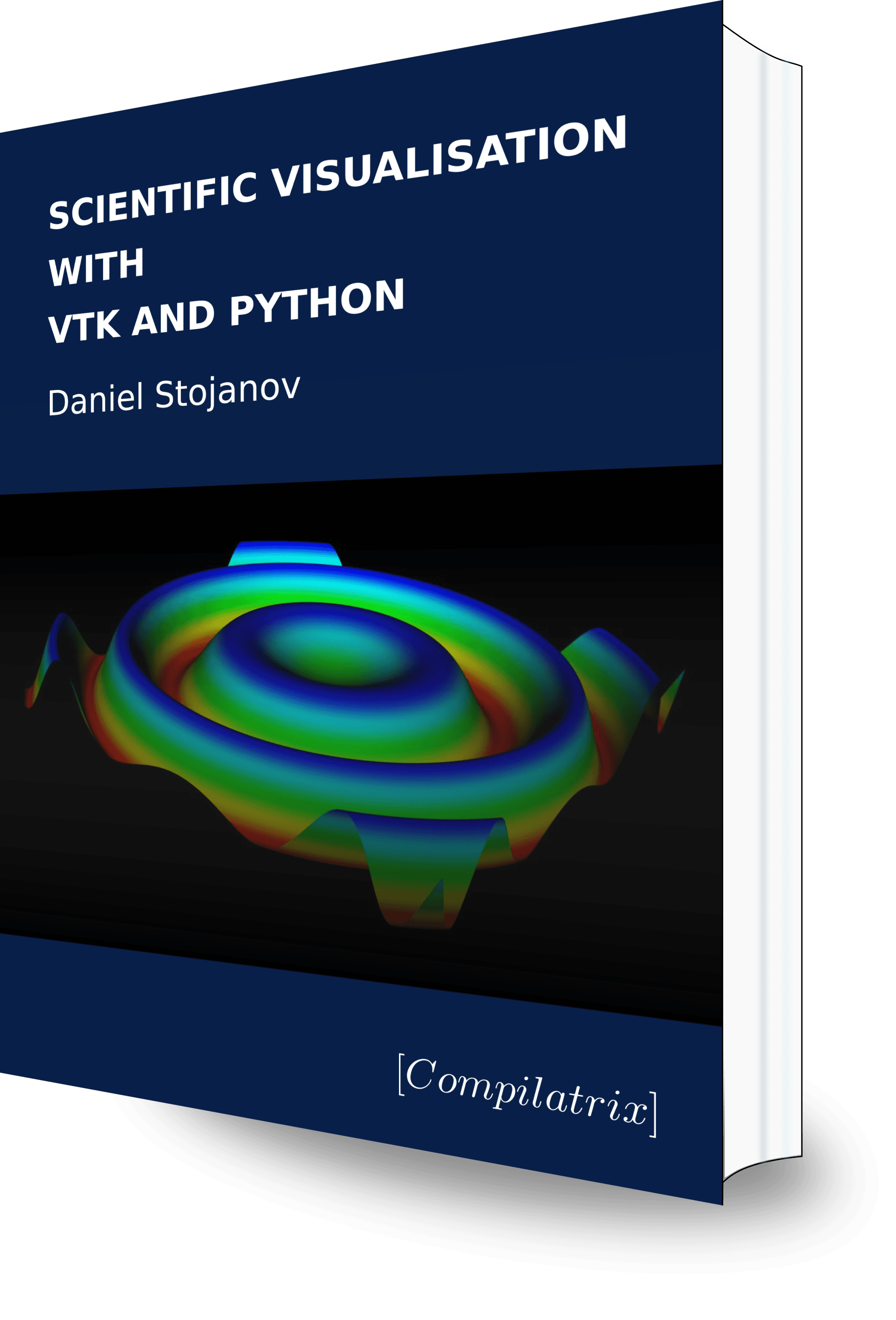This is one of my favourite mathematics texts. It is a first book on linear algebra and suitable for anyone that has a basic (think high-school) level of mathematics.
The author, Georgi E. Shilov, has published several books on topics including linear algebra and mathematical analysis. This is translated from Russian by Richard A. Silverman. The material is well written in a clear unambiguous style. The book is suitable as a standalone text. The logic builds nicely throughout the book.
Some problems have answers, many only have hints to help the reader. This is probably the one and biggest negative for those that would use this for independent study.
This book is suitable for independent study, but could be augmented with additional problems. The Schaum’s Outline from Lipschutz and Lipson would suit for this. The pair can work for a reader keen on problems.
Overall the book provides a solid treatment of the theory of linear spaces and focuses heavily on theory over practical computation and algorithms. In this way it is a little different to more contemporary texts which have a stronger emphasis on computation and algorithms.
This book starts with a thorough treatment of determinants. In this way it is very different to other books that tend to cover this topic later, and in much less depth. This first chapter is the reason to get this book.
The first chapter describes a method of solving linear equations using Cramer’s rule. A modern student would normally first encounter the algorithm to transform a series of equations into reduced row echelon form. This method using Cramer’s rule is theoretically sound, but an example of the lesser focus on computation.
The text then continues on a logical path covering the theory of linear spaces, then linear operators. The sixth chapter on the canonical form of a linear operator has a strong focus on the Jordan canonical form. This might again set this text apart from others that do not focus on the Jordan form.
There is also coverage of euclidean spaces and some more advanced topics on operator theory and abstract algebra.
Overall this is a solid text. It is suitable as a reference or text for independent study.

